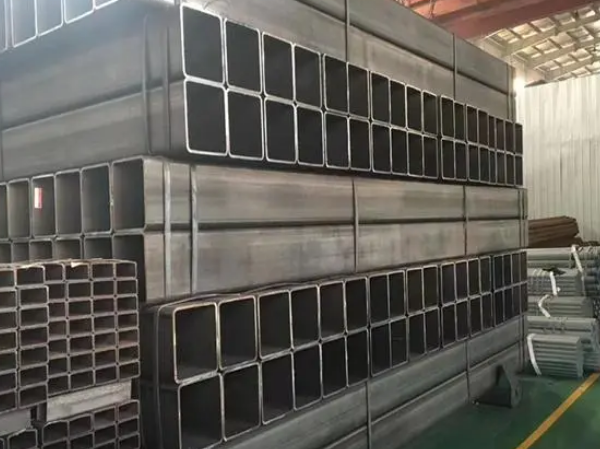This article mainly conducts a comparative analysis of rectangular tubes and square tubes to explore their strength differences. By elaborating in detail from four aspects: material properties, appearance structure, internal space utilization and application fields, and citing relevant research and viewpoints, the conclusion summarizes and proposes future research directions.
1. Material properties
Rectangular and square tubes differ in their material properties. The commonly used material standard for rectangular and square tubes is
ASTM A500. Conclusions can be drawn by comparing the strength parameters, chemical composition and heat treatment properties of the two commonly used materials. The rectangular tubes and square tubes supplied by HSCO comply with national standards and have good thickness, size and mechanical properties.
2. Appearance and structure
Rectangular tubes and square tubes are also different in appearance and structure. The cross-sectional shape of a rectangular tube is rectangular with two main directions of curvature, while the cross-sectional shape of a square tube is four equal right angles. This leads to differences in force performance and distribution between the two. For example, a rectangular tube may be stronger than a square tube when subjected to vertical pressure because the two main pressure planes of the rectangular tube can better distribute the pressure. Under the action of horizontal force, the square tube's mechanical performance may be better because the direction of the applied pressure is relatively consistent.

3. Internal space utilization
There are also differences in internal space utilization between rectangular tubes and square tubes. Due to the characteristics of the rectangular tube shape, its internal space utilization may be relatively high, making it suitable for certain engineering projects that require optimized space utilization. However, due to the existence of four right angles, the internal space utilization of square tubes may be limited. Therefore, when making design choices, it is necessary to determine whether to use rectangular tubes or square tubes based on specific engineering needs.
4. Application fields
Rectangular tubes and square tubes also have different application fields. Rectangular tubes are widely used in construction, engineering, rail transit and other fields, such as structural beams, guardrails, stairs, etc. Square tubes are commonly used in furniture manufacturing, vehicle parts, and decorative materials. Depending on the specific application requirements, different forms of pipes can be selected to meet the needs of the engineering project.
Conclusion:
By comparing the material properties, appearance structure, internal space utilization and application fields of rectangular tubes and square tubes, the following conclusions can be drawn:
1. The material strength of rectangular tubes and square tubes is equivalent, which mainly depends on the performance indicators of the selected materials;
2. Rectangular tubes may have higher strength when subjected to vertical pressure, while square tubes have more obvious advantages when subjected to horizontal forces;
3. The internal space utilization rate of rectangular tubes is relatively high, while the utilization rate of square tubes is limited;
4. Rectangular tubes and square tubes have different application fields and need to be selected according to specific needs.
In future research, the strength differences between rectangular tubes and square tubes under specific conditions can be further studied to provide a more accurate basis when designing and selecting pipe materials.


